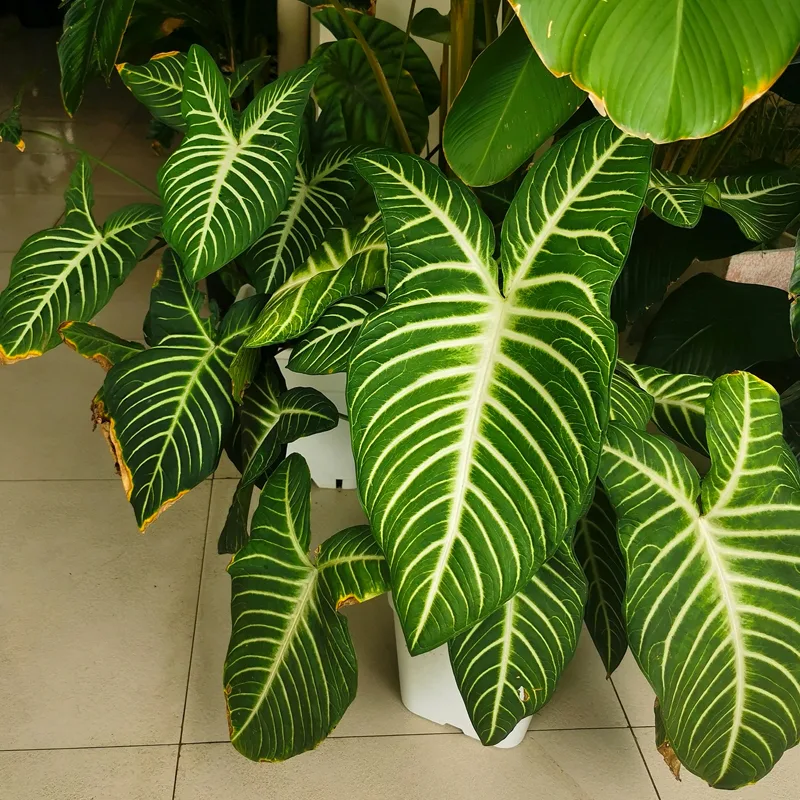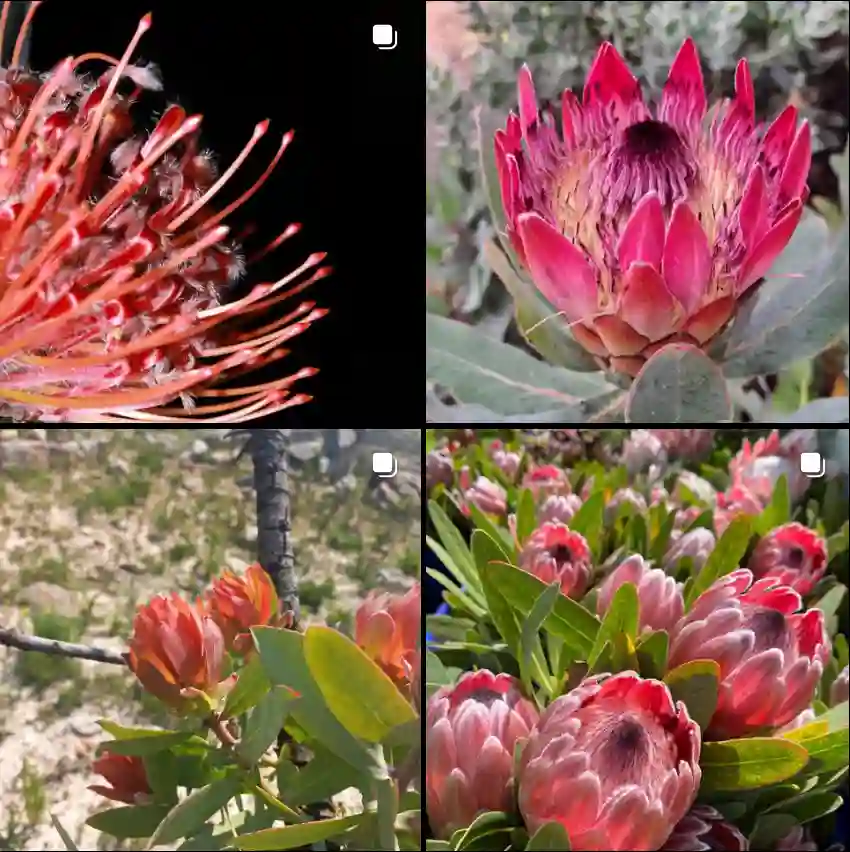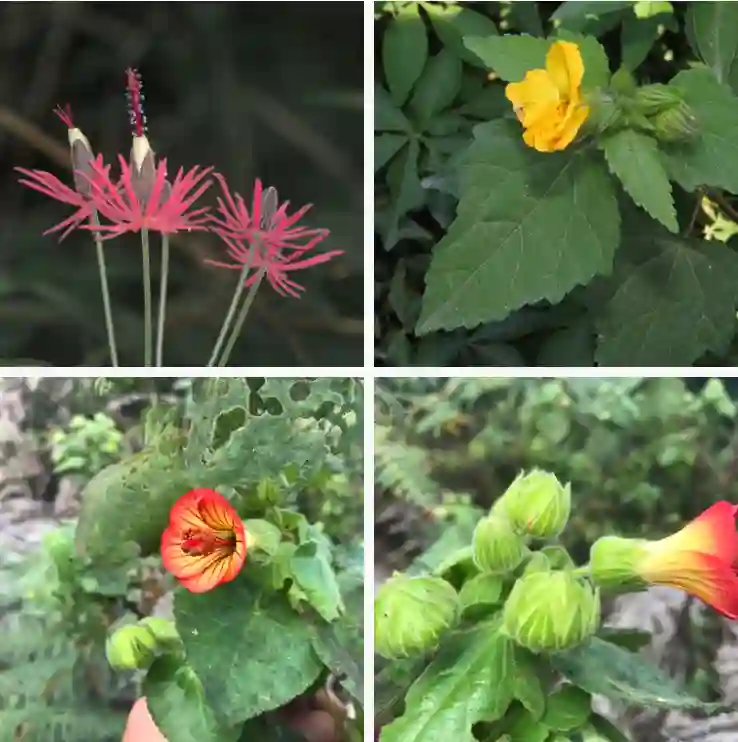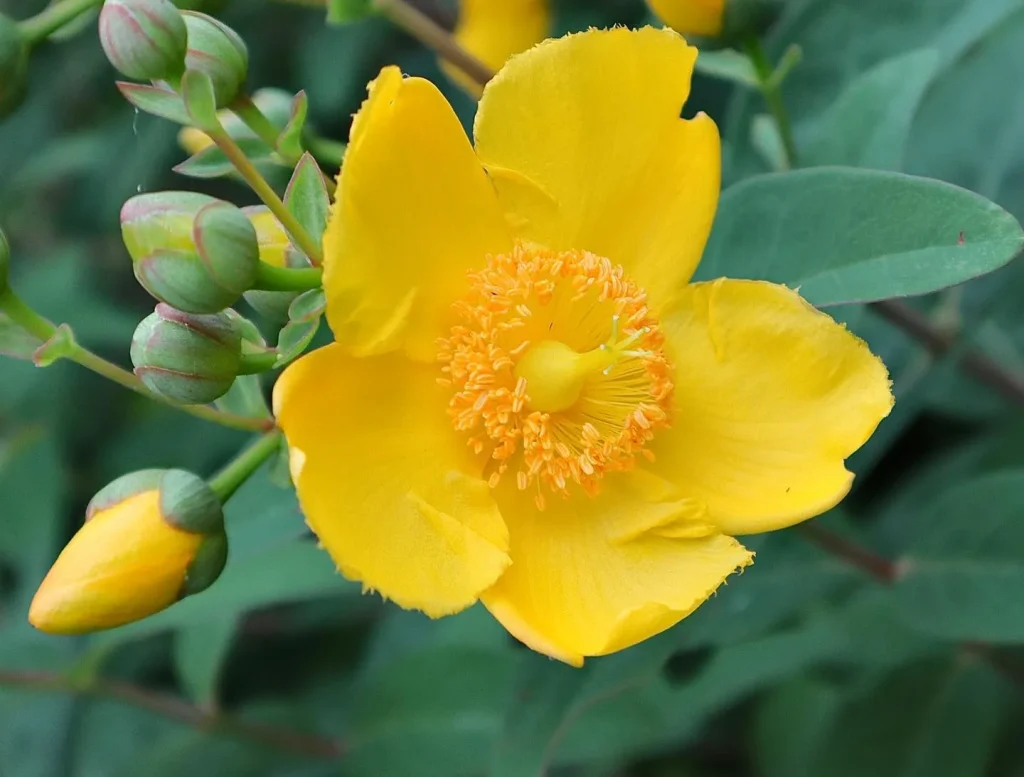How to care for Tradescantia sillamontana?
Tradescantia sillamontana, commonly known as White Velvet or Cobweb Spiderwort, is a beautiful succulent plant prized for its fuzzy, silver-white leaves and delicate pink flowers. Here’s how to care for Tradescantia sillamontana:
86 Species in Genus Tradescantia
1. Light:
- Bright, Indirect Light: Place Tradescantia sillamontana in a location that receives bright, indirect sunlight. Avoid prolonged exposure to direct sunlight, especially during the hottest part of the day, as it can scorch the leaves.
2. Temperature:
- Warmth: Tradescantia sillamontana prefers temperatures between 65°F to 75°F (18°C to 24°C) during the day and slightly cooler temperatures at night. Protect it from temperatures below 50°F (10°C), as it is not frost-tolerant.
3. Watering:
- Moderate Watering: Water Tradescantia sillamontana thoroughly when the top inch of soil feels dry to the touch. Allow excess water to drain away, and avoid letting the plant sit in water, as it can lead to root rot.
- Reduce Watering in Winter: During the winter months when the plant is in its dormant period, reduce watering frequency to prevent overwatering.
4. Soil:
- Well-Draining Soil: Plant Tradescantia sillamontana in a well-draining succulent or cactus potting mix. You can also create your own mix by combining equal parts of potting soil, perlite, and coarse sand or pumice to ensure good drainage.
5. Humidity:
- Low to Moderate Humidity: Tradescantia sillamontana can tolerate a wide range of humidity levels but prefers average indoor humidity. In drier environments, occasional misting can help increase humidity around the plant.
6. Fertilizing:
- Minimal Fertilizing: Fertilize Tradescantia sillamontana sparingly, as it does not require frequent feeding. Apply a balanced, water-soluble fertilizer diluted to half strength once a month during the growing season (spring to early autumn).
7. Pruning:
- Minimal Pruning: Trim back any leggy or overgrown stems to maintain the plant’s compact shape and encourage bushier growth. You can also remove any dead or yellowing leaves as needed.
8. Pests and Diseases:
- Monitor for Pests: Keep an eye out for common succulent pests such as aphids, spider mites, and mealybugs. Treat any infestations promptly with insecticidal soap or neem oil.
- Prevent Overwatering: Avoid overwatering to prevent root rot and fungal diseases. Ensure good air circulation around the plant to minimize the risk of rot.
9. Winter Care:
- Reduce Watering: During the winter months, reduce watering frequency and allow the soil to dry out more between waterings to mimic the plant’s natural dormancy period.
How to propagate Tradescantia sillamontana?
Here’s how to propagate Tradescantia sillamontana:
Propagation by Stem Cuttings:
- Select Healthy Stem Cuttings: Choose a healthy stem from the parent plant that is free from signs of damage or disease. Look for stems that have several nodes (where leaves are attached) along their length.
- Prepare the Cutting: Using clean, sharp scissors or pruning shears, cut a stem from the parent plant just below a node. Aim for a cutting that is 3-6 inches (7.5-15 cm) long.
- Remove Lower Leaves (Optional): If desired, you can remove the lower leaves from the stem cutting to expose a bare section of stem. This will make it easier to insert the cutting into the potting mix.
- Allow the Cutting to Callus: Place the stem cutting in a warm, dry location out of direct sunlight and allow the cut end to callus over. This typically takes a few hours to a day.
- Prepare the Potting Mix: While the cutting is callusing, prepare a well-draining potting mix suitable for succulents. You can use a mix of potting soil, perlite, and coarse sand or pumice.
- Plant the Cutting: Once the cutting has callused over, insert the cut end into the potting mix, burying it about 1 inch (2.5 cm) deep. Gently firm the soil around the cutting to hold it in place.
- Watering: Water the potting mix lightly to settle it around the cutting. Then, water sparingly, keeping the soil lightly moist but not waterlogged. Avoid overwatering, as excessive moisture can cause the cutting to rot.
- Provide Indirect Light: Place the pot with the cutting in a location that receives bright, indirect light. Avoid placing it in direct sunlight, as this can cause the cutting to wilt or scorch.
- Root Development: Over the next few weeks, the cutting should begin to develop roots. You can gently tug on the cutting after a few weeks to check for resistance, indicating that roots have formed.
- Transplanting: Once the cutting has developed a healthy root system, usually after 4-6 weeks, you can transplant it into its own pot or into the garden if desired.
If i die, water my plants!
As an Amazon Associate I earn from qualifying purchases.



